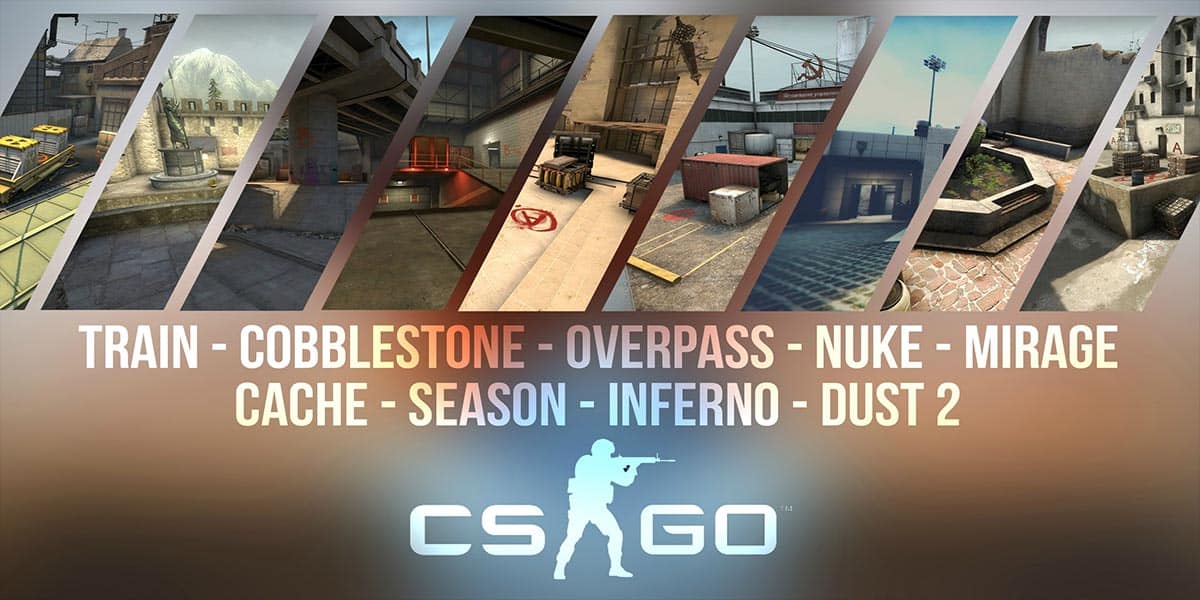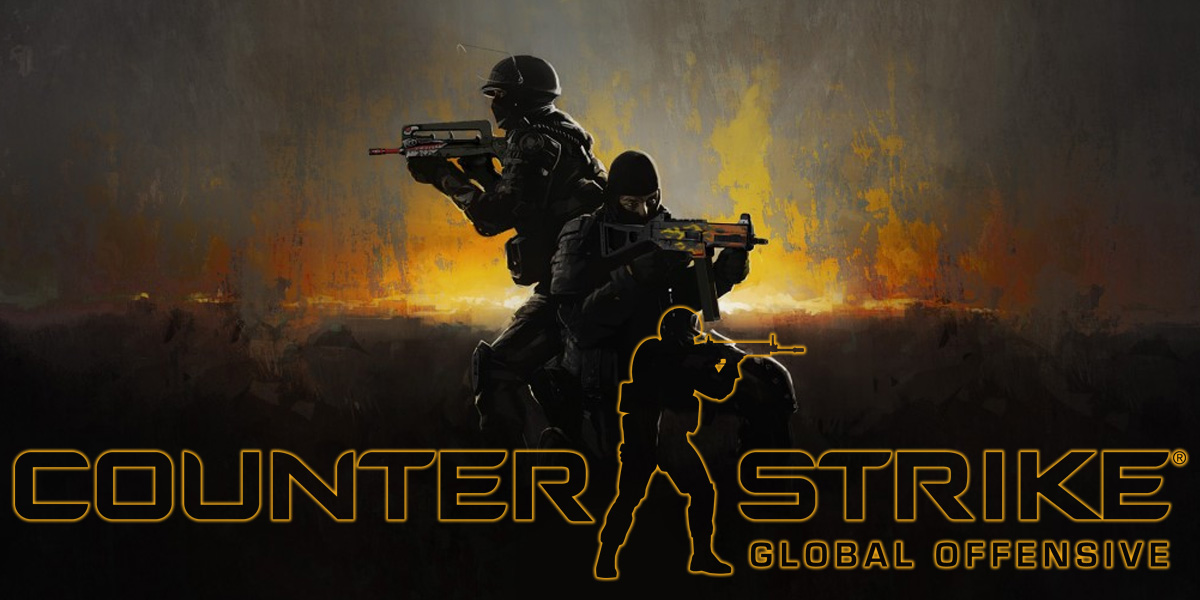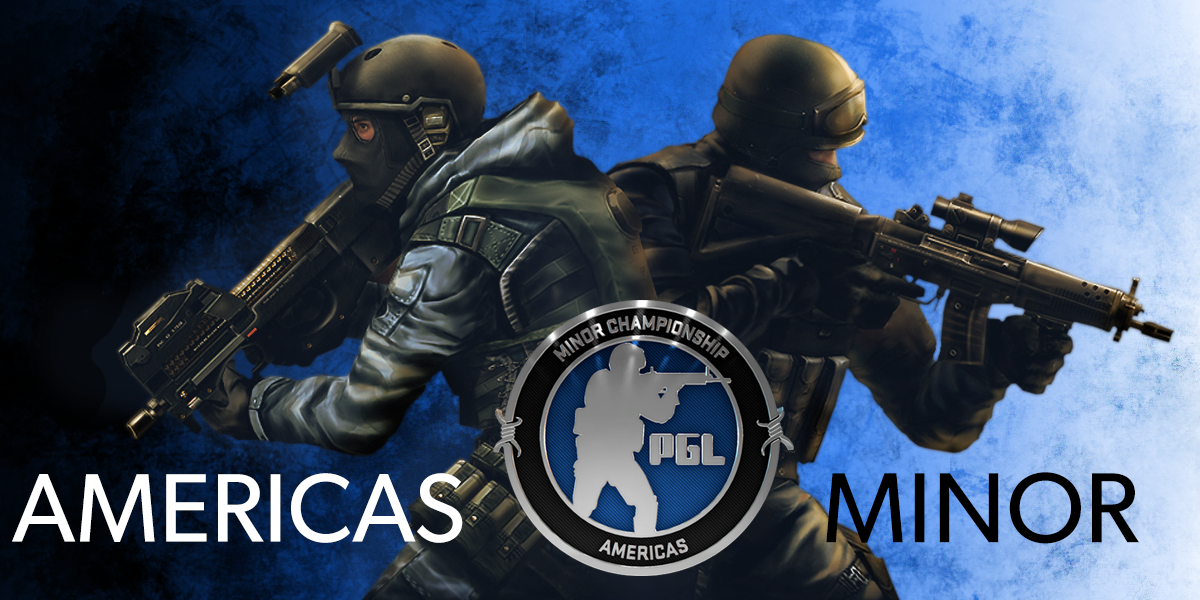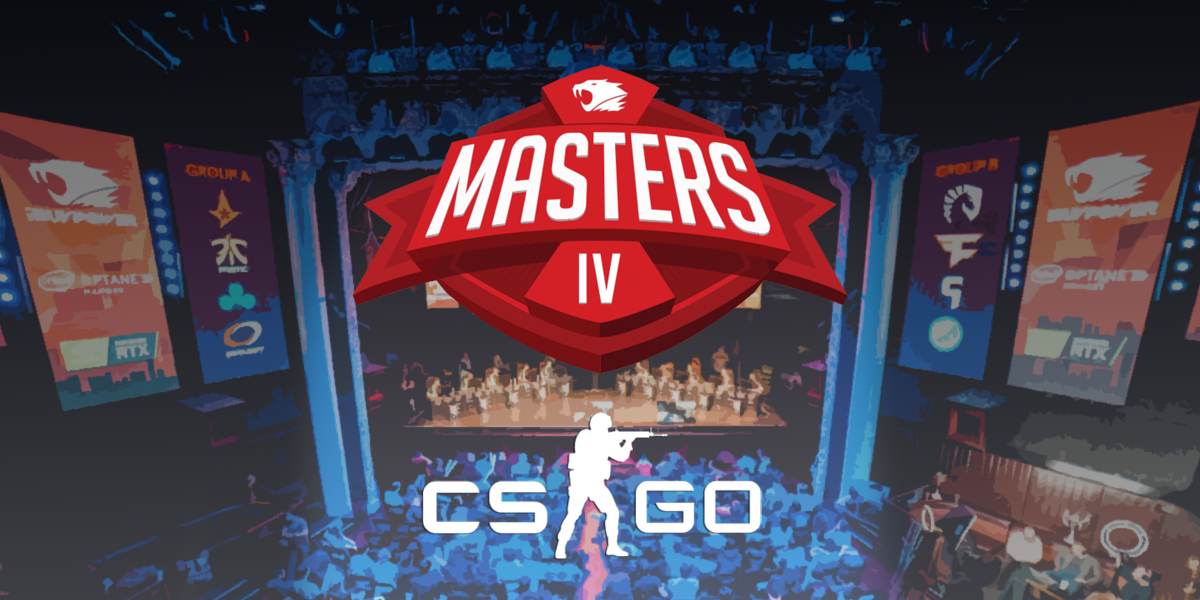Competitve CSGO Map Pool Advantage
Importance of the Pick/Ban in Betting
Counter Strike is a game that’s all about advantages. Utility advantage, map control, and man advantages are all things you get in the server that give you a leg up on the opponent. The advantages don’t stop and start on the server though. Demo review and research are important when heading into a big match and can swing the outcome pretty wildly. (Look at the sgares Cloud9 lineups) One of the biggest factors that needs to be considered in CS:GO, especially when betting, is the map pool. Map pools shape best-of-threes and are a big part of what defines matchups in the professional scene.
Map Pool Size
The bigger your map pool is, the better shape you’ll be in headed into a best-of-three. That’s just obvious logic. So why doesn’t every team have a seven-map pool? Well, a seven-map pool is unnecessary first of all. Every format gives a team one ban before the match, except best-of-seven, which you almost never see in Counter Strike. And even if we did, it really wouldn’t be worth it. Top tier CS:GO teams, while they practice a lot, only have so much time to work on their maps. Between online leagues, tournaments, and living their lives, practice time can be at a premium for these guys. So, it usually makes sense to focus on just the maps that the team likes or the maps that fit their natural playstyle.
Of course, when a team is transcendently good, like Astralis, or has an especially loose playstyle, like 2015 Fnatic, they can play a lot more maps than someone like Zeus’ Gambit, just by nature of relying more on their raw skill and reacting to plays made by the opponent.
Every team approaches the game differently, which is a big part of what makes CS:GO such a unique game. Some teams play default heavy games, where they read and react to the defense and rely on picks and fast plays to take sites. Other teams play very execute heavy, practicing their bombsite takes to perfection. Which style you play really depends on your team and your IGL/coach, although the looser read based style is more popular right now. One of the biggest upsides of that playstyle is it allows you to do a lot less map-based prep. All you have to do is learn the default and some basic executes, and you’re good to go. That’s how Astralis can have a six-map pool, they play a very map agnostic brand of Counter Strike. (That, and they’re unbelievably talented)
Permabans and Best Maps
Every team in high level CS:GO has a permaban. Astralis bands Cache, Mousesports bans Overpass, Na’Vi bans Cache. They’re usually maps that the IGL hates, or that the team just isn’t good on for whatever reason. Zeus, for example, has played three games on Cache since early 2017.
Most teams will also have a map that is obviously their best. The best example of this is Astralis, who currently hold a 24-win map streak on Nuke. What’s unusual about this streak is that teams continue to let Nuke through when playing Astralis. Of course, a lot of that comes down to Astralis having a +50% win rate on all six maps that they play, but it still seems silly to let that map through.
One of the big problems up and coming teams run into is that if they’re winning on a particular map, and have some upset wins on it, teams start banning it. So, what really matters is how good a team’s second or third map is.
The maps that a team plays are assets, just like their economy or their guns or their utility. The pick/ban phase is a crucial part of a best-of-three, and understanding it is necessary when betting on CS:GO.
The Pick/Ban
In case, you’re unfamiliar, here is how the pick ban usually works. In a best-of-one, both teams take turns removing maps from the seven-map pool until a map is left over. The best-of-three pick ban is a little more complicated. Team A will remove a map, then Team B removes a map. Team A picks, Team B picks. Then, Team B removes one more, Team A removes one more. Finally, the leftover map is played as the decider. So, this generally means you are seeing each team’s second-best map, then what is roughly their third-best. Of course, this assumes no map pool overlap, which happens.
The best way to illustrate how this usually plays out, and why, I’m going to talk about the pick/ban from Liquid and Astralis’ best of three in the Grand Finals of the FACEIT London Major and show how Astralis came into the game with a serious advantage just because of the way their map pool is/was constructed.
- Astralis bans Cache
- Liquid bans Train
- Astralis picks Nuke
- Liquid picks Mirage
- Liquid bans Overpass
- Astralis bans Inferno
- Dust2 is left over
Astralis starts out the pick/ban by banning Cache, which is their usual ban. This then leaves Liquid in a tough spot. In a perfect world they would ban Nuke here, as that has turned into Astralis’ signature map over the last six months, and they look dominant on it. Unfortunately for Liquid, they have to ban their permaban Train. Astralis then pick Nuke, which almost secures a 1-0 lead for them in the best-of-three. Liquid pick Mirage, and then ban Overpass. Astralis ended up removing Inferno with their ban, as they had lost to Liquid on it in the group stage, and Dust2 was the decider.
Inferno is both Astralis’ and Liquid’s most played map. This might have led to you believing that it would be Liquid’s first pick, especially because they won on it against Astralis in the group stage. Instead of picking Inferno, which they first pick in best-of-threes fairly often, they picked Mirage. Mirage is Liquid’s second most played map, but only Astralis’ third. It’s also the map that Astralis has the worst win rate on, at 62.5%. By picking a map that they were less comfortable on, Liquid attempted to target Astralis’ weak spot, and hope that Astralis let Inferno float and come out as the decider.
Liquid ended up losing 2-0 anyway, so it didn’t matter all that much, but it’s still an interesting wrinkle to consider when betting. It’s not just about what maps Team A plays, but about what maps Team B doesn’t.
Let’s look at another example. Astralis and Na’Vi played in the grand finals of the FACEIT Major. Their pick/ban looked like this:
- Astralis bans Train
- Natus Vincere bans Cache
- Astralis picks Nuke
- Natus Vincere picks Overpass
- Natus Vincere bans Dust2
- Astralis bans Mirage
- Inferno is left over
Astralis starts out the veto by banning Train which, if you’ve been following along, is unusual. Astralis’ permaban is Cache, they haven’t played a LAN game on it in six months. Lucky for them, neither have Na’Vi. Astralis was able to ban Na’Vi’s best map in the first round, even though it’s a map that Astralis play and even excel on. As a matter of fact, they’re undefeated on Train over the past six months, going 5-0. Now, with their best map banned, Na’Vi are forced to ban out Cache. This let’s Astralis grab their best map in Nuke, and means Na’Vi is left to pick Overpass, their third best map statistically. By letting Cache stay in the map pool, Astralis gained a sizable advantage both by getting their best map in the best-of-three and banning out Na’Vi’s best map.
Oddly enough, sometimes your permaban can end up being an advantage as well. Let’s look at this best-of-three from ESL One Cologne 2018, between FaZe and BIG:
- BIG removed Mirage
- FaZe removed Cache
- BIG picked Dust2
- FaZe picked Train
- BIG removed Overpass
- FaZe removed Nuke
- Inferno was left over
BIG’s permaban is Mirage, which would be a problem against a team like Astralis. Against FaZe, however, it becomes sort of an asset. Mirage is far and away FaZe’s best team, so BIG banning it first allows them to take control of the pick/ban and play on some of their better maps. Oddly enough FaZe picks Train here, even though that’s a pretty good map for BIG, but my point still stands.
It’s important to have a handle on a team’s map pool if you plan on betting on them. It’s the little things that can swing rounds, but the pick/ban phase can swings games and series.










Leave a Reply